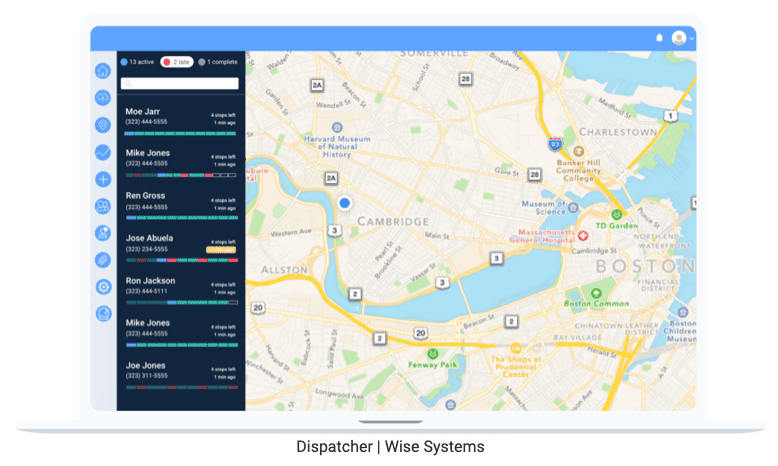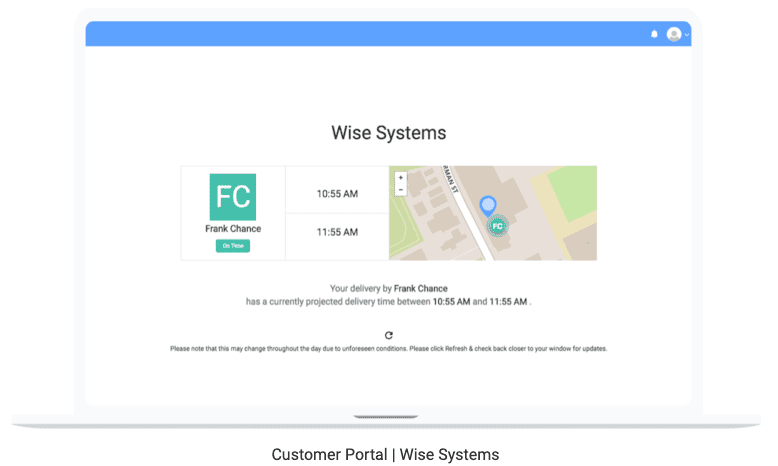
The Power of Design in Next-Generation Routing Software

Wise Systems
The Power of Design in Next-Generation Routing Software

Wise Systems

In a recent article in MIT Sloan Management Review, Why Customer Experience Matters for B2B, the authors explore how better omnichannel experiences drive stronger sales results on consumer sites, but this logic is often neglected when it comes to B2B. Their opening sentence is: “Business-to-business customers are people too.” And we couldn’t agree more.
We continue to see a stark contrast between the user experiences delivered by consumer-focused sites and applications and business-oriented ones, and the end user is impacted. Consumer-oriented sites focus on the user’s ability to onboard and adapt, while enterprise software, which doesn’t always prioritize user experience, can require months of training. In fact, the medical community’s move to new records platform is a cautionary tale as Atul Gawande shares in a November 12, 2018 New Yorker article, Why Doctors Hate Their Computers. Simply crossing the threshold into the work environment shouldn’t be equated with a dramatic decrease in design quality. In fact, just the opposite should be true.
Good design is a cornerstone in Wise Systems’ foundation, largely because well executed design makes everyone more productive from the outset, reduces training requirements, and drives user engagement, which is paramount for long-term success of any enterprise application. In the world where we operate — transportation — consumers are accustomed to the super-simple Uber and Lyft apps, which make it easy to summon a car, select preferences (shared vs. individual ride, level of car), and view the car en route to pick them up. Those same consumers walk through the door at work and, if they’re in transportation operations, are often met with legacy designs that are overly complex and 180 degrees opposite from their recent ride hailing experience.
Successful software design provides access to powerful capabilities without overwhelming users. What you see here is Dispatcher, our web-based application that dispatchers use for fleet-wide visibility. In a single screen, dispatchers can see where drivers are in their day, the status of all deliveries (on time, at risk, and late in green, yellow, and red squares), order volumes, and other key details. On average, it takes less than 10 minutes to get a new user on Wise Systems up and running.

In addition, delivery recipients also benefit from our focus on design. They can receive either an email or SMS/text link to Updates, which shows them where their delivery is while en route, the expected delivery time window, and which driver to expect.

Where there was once a suspicion that simple interfaces meant that a solution lacked power, that’s no longer the case. Users are now accustomed to the fact that software can be both simple and powerful. In addition, they’re transferring their consumer expectations to the business world, and slowly obviating more antiquated software interfaces. No matter what category of software you’re working with, you should expect and demand high caliber design and functionality that work together to support your business objectives.





